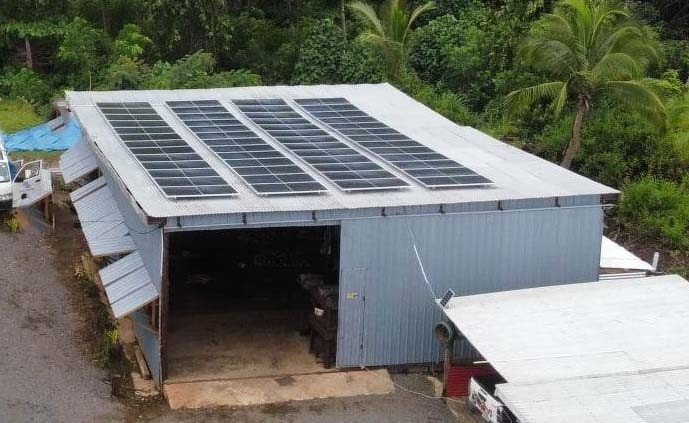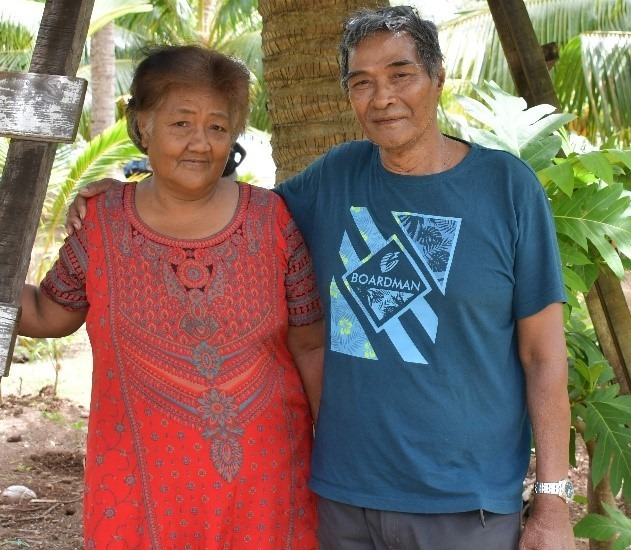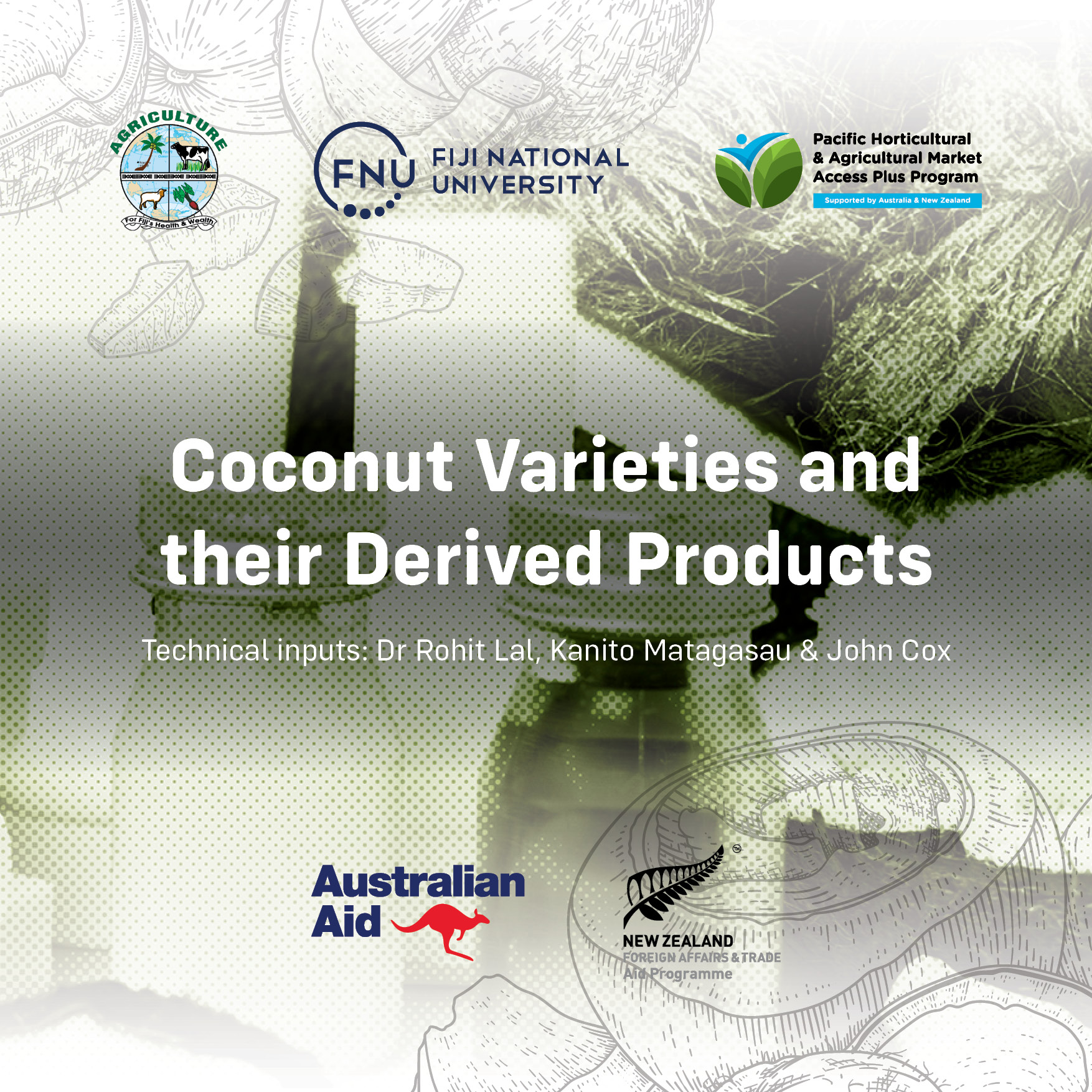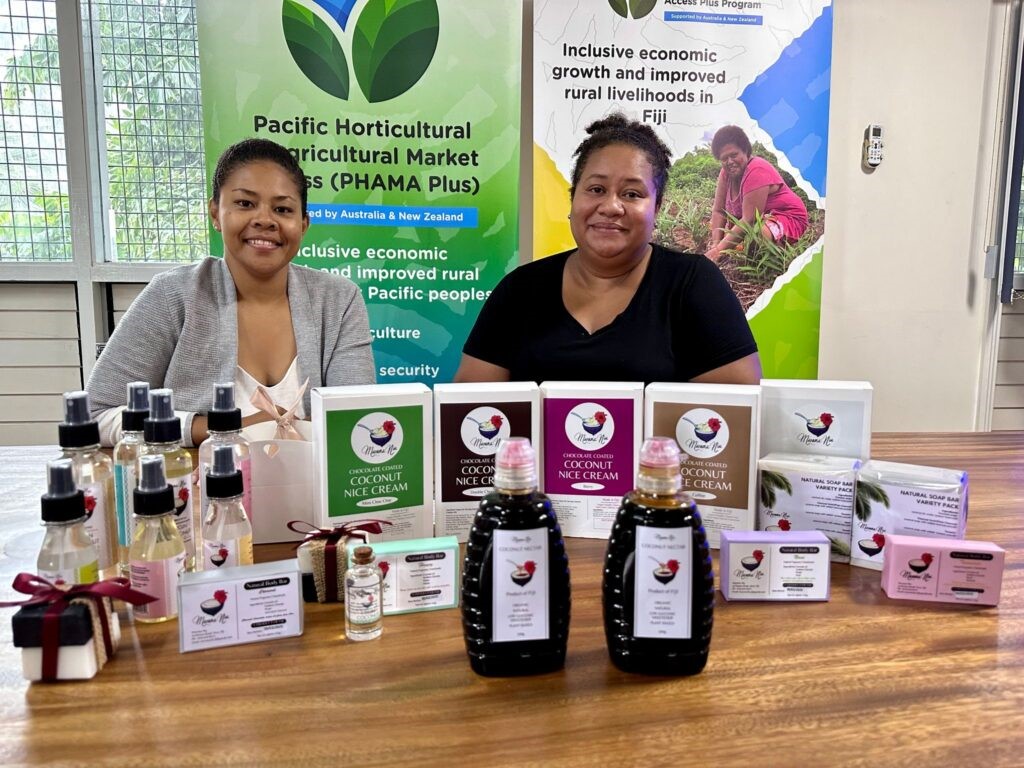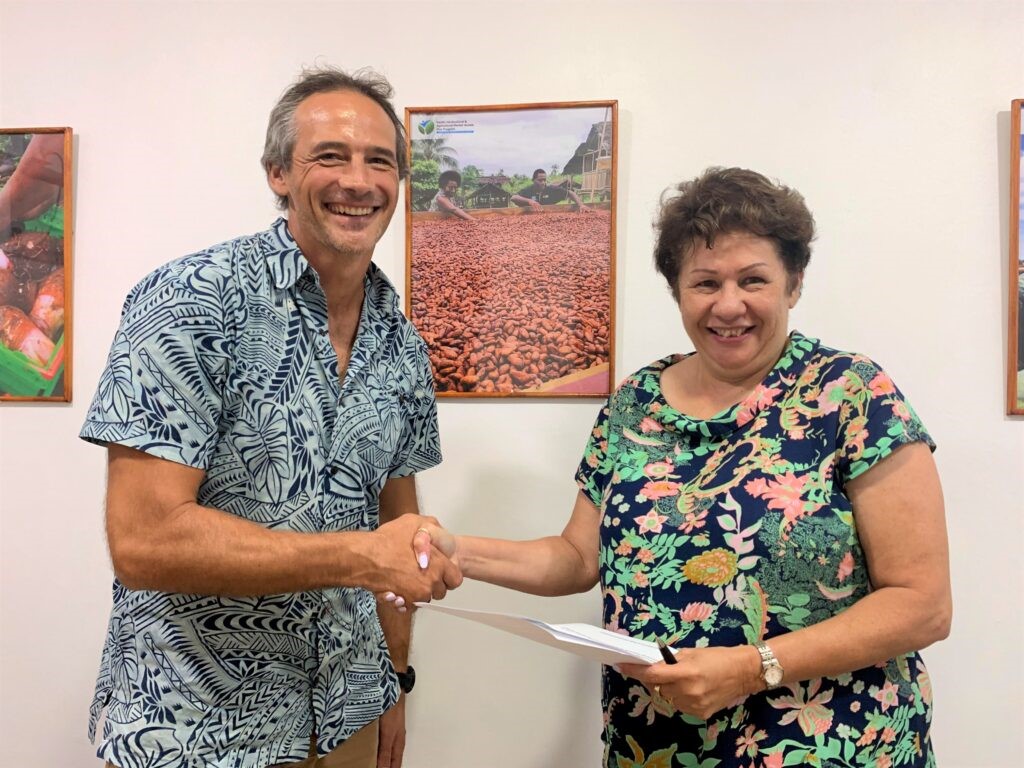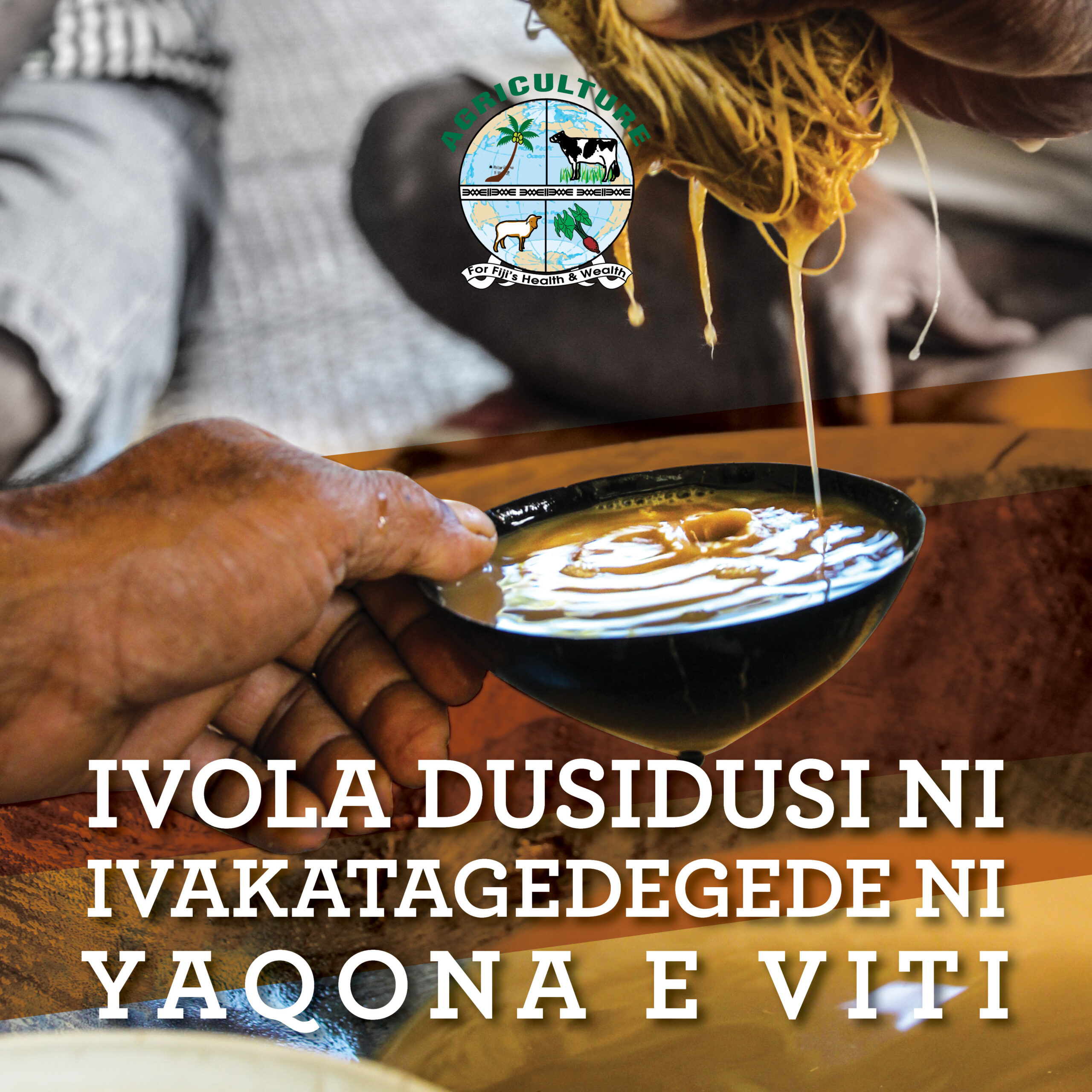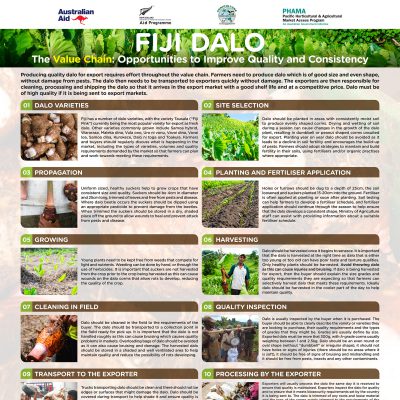Taveuni’s first ever processing and cold chain facility for fresh produce
TAVEUNI’S FIRST EVER PROCESSING AND COLD CHAIN FACILITY FOR FRESH PRODUCE On the Garden Island of Taveuni, north of Fiji, lies a humble, roadside facility that could easily be mistaken…

